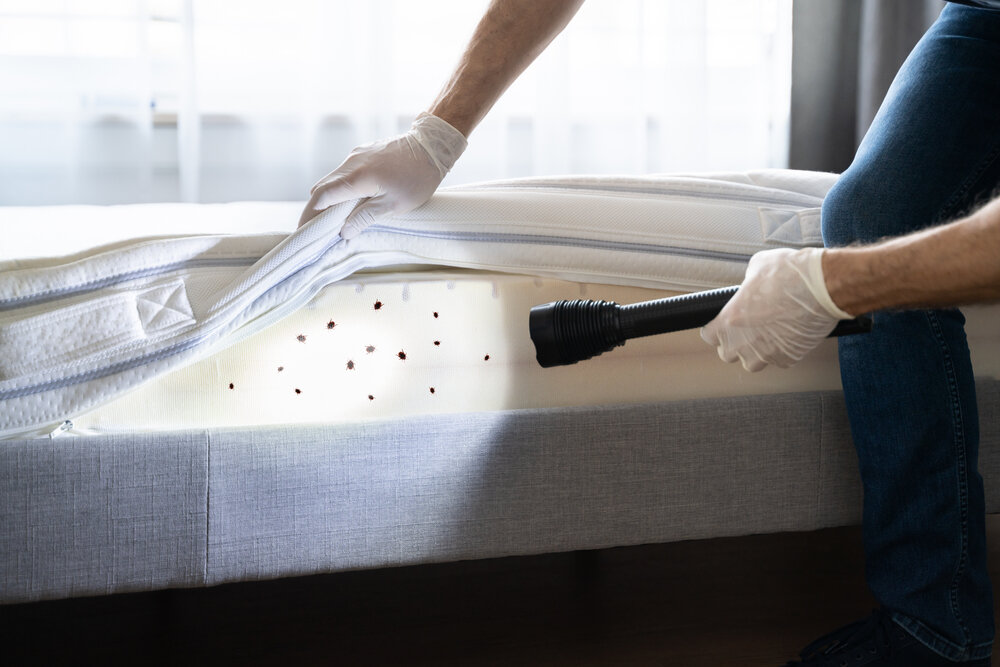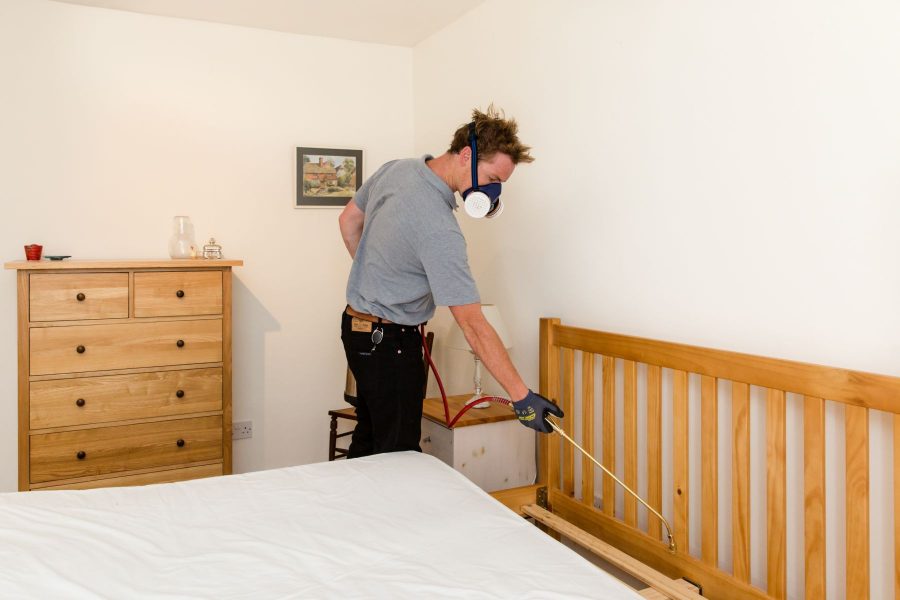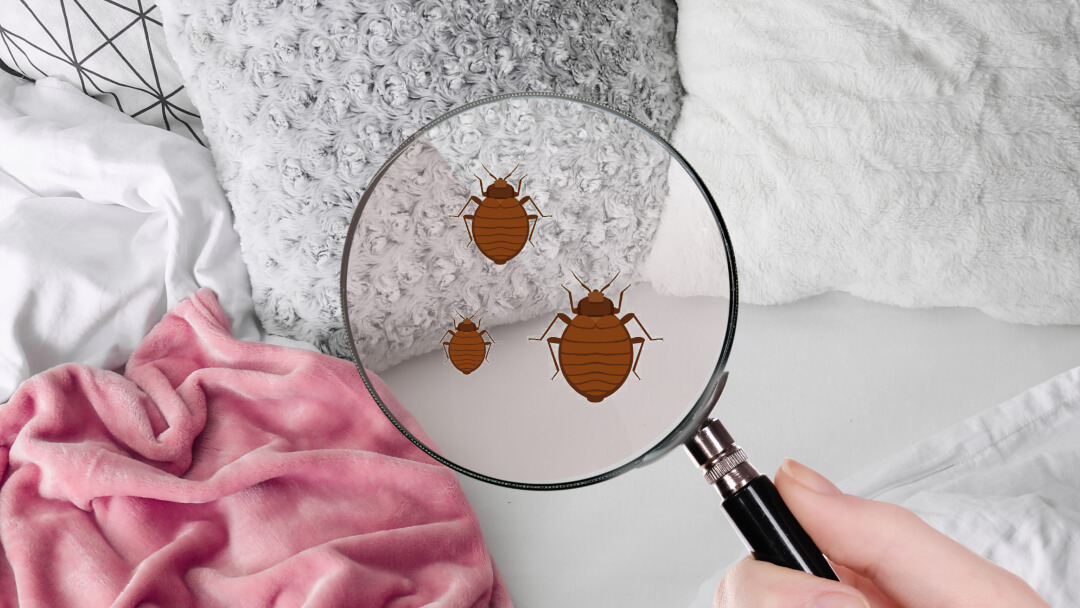Kings Exterminator Cincinnati: Effective Bug Monitoring
Kings Exterminator Cincinnati: Effective Bug Monitoring
Blog Article
Kinds Of Pest Control: Which Approach Is Right for Your Infestation?
When encountered with a bug infestation, the choice of an appropriate technique for pest control is critical in successfully managing the circumstance. From chemical therapies to biological remedies, there exists a series of approaches that can be employed to attend to different sorts of parasites. Each method includes its very own set of benefits and factors to consider, making the decision-making process a nuanced one. Comprehending the subtleties of each approach and examining their compatibility with the details insect problem at hand is vital for attaining long-term success in insect administration. By discovering the numerous kinds of pest control techniques offered, people can make informed choices tailored to their distinct conditions, ensuring a more efficient and lasting result in parasite obliteration.
Chemical Pest Control
Chemical parasite control entails using synthetic or normally acquired chemicals to handle and remove pest populations efficiently. This method is commonly made use of in farming, forestry, and property setups to fight a variety of parasites, consisting of weeds, rats, and bugs. The use of chemical pesticides can give fast and targeted services to pest problems, making it a prominent choice for several individuals and businesses.
Among the essential benefits of chemical bug control is its capacity to quickly remove bugs, reducing the threat of damage to plants, residential or commercial property, and human health. By utilizing particular chemicals that target certain bugs, this method can properly control problems while minimizing harm to helpful microorganisms and the atmosphere when applied correctly.
Nevertheless, the usage of chemical pest control likewise raises issues concerning potential negative results on non-target species, water resources, and human wellness. It is important to adhere to safety guidelines, use chemicals sensibly, and consider alternate parasite control methods to reduce these dangers and ensure sustainable bug monitoring techniques.
Biological Insect Control
Organic insect control, also known as biocontrol, makes use of living microorganisms to reduce and manage parasite populaces naturally. By using the pest's natural killers or pathogens, biological pest control uses a sustainable and eco pleasant solution to pest management.

Mechanical Bug Control
Making use of physical and manual techniques to take care of bug populations, mechanical insect control uses a different approach that does not rely on making use of living organisms or artificial chemicals. This approach entails using barriers, traps, or other gadgets to physically deter or eliminate parasites. By blocking pest entrance points or establishing up traps to catch them, mechanical bug control can successfully lower problems without introducing chemicals into the environment.
One common example of mechanical pest control is the use of mesh displays on doors and home windows to avoid insects from entering structures. This straightforward yet effective method works as a physical barrier, keeping insects out while enabling for proper air flow. In addition, devices like mousetraps, fly swatters, and ultrasonic repellents drop under the mechanical bug control classification.
While mechanical parasite control approaches can be labor-intensive and call for routine tracking and maintenance, they offer a lasting and environmentally friendly service for managing parasite problems. By incorporating different mechanical techniques, homeowner can create a thorough parasite control approach that lessens reliance on chemical pesticides.
Physical Parasite Control

Some common physical insect control techniques consist of using obstacles such as nets or screens to avoid bug entrance, catches to record and get rid of parasites, and hand-picking to literally get rid of parasites from plants or frameworks. Additionally, techniques like heat treatments can be used to control pests like bed bugs by raising the temperature to levels that are lethal to the insects.
Physical insect control is particularly helpful in integrated insect administration (IPM) methods, where several insect control techniques are integrated for effective pest management while minimizing the use of chemicals. By making use of physical parasite control strategies, people can successfully attend to bug invasions with minimal ecological influence.
Integrated Bug Administration
When executing physical insect control methods as component of insect management strategies, Integrated Pest Monitoring (IPM) becomes an extensive approach that leverages numerous methods to efficiently regulate pest populaces. IPM focuses on lasting avoidance of insects through a mix of biological, social, physical, and chemical tools tailored to details insect issues. By incorporating multiple control methods, IPM aims to minimize the dangers connected with parasites while likewise reducing reliance on chemical solutions.
One secret element of IPM is the emphasis on surveillance and evaluating pest populaces to figure out one of the most ideal control techniques. This proactive approach permits for early treatment and targeted strategies, bring about more reliable pest administration. In addition, see post IPM promotes eco-friendly practices by focusing on non-chemical control approaches and only utilizing chemicals as a last resort.
Final Thought

By utilizing the pest's all-natural predators or virus, biological parasite control provides a eco friendly and lasting remedy to pest management. - Kings best pest control cincinnati
Using physical and hand-operated techniques to take care of insect populaces, mechanical pest control provides a different approach that does not depend on the usage of living microorganisms or synthetic chemicals.An efficient strategy to managing bug populaces without relying on chemical or biological techniques entails the use of physical insect control strategies.When executing physical bug control approaches as part of insect administration approaches, Integrated Pest Administration (IPM) emerges as a thorough approach that leverages various methods to successfully regulate pest populaces. Chemical parasite control involves the use of pesticides, biological bug control makes use of all-natural killers, mechanical bug control includes physical obstacles, physical parasite control consists of trapping or removing pests, and incorporated insect management incorporates multiple approaches for an all natural method to pest control.
Report this page